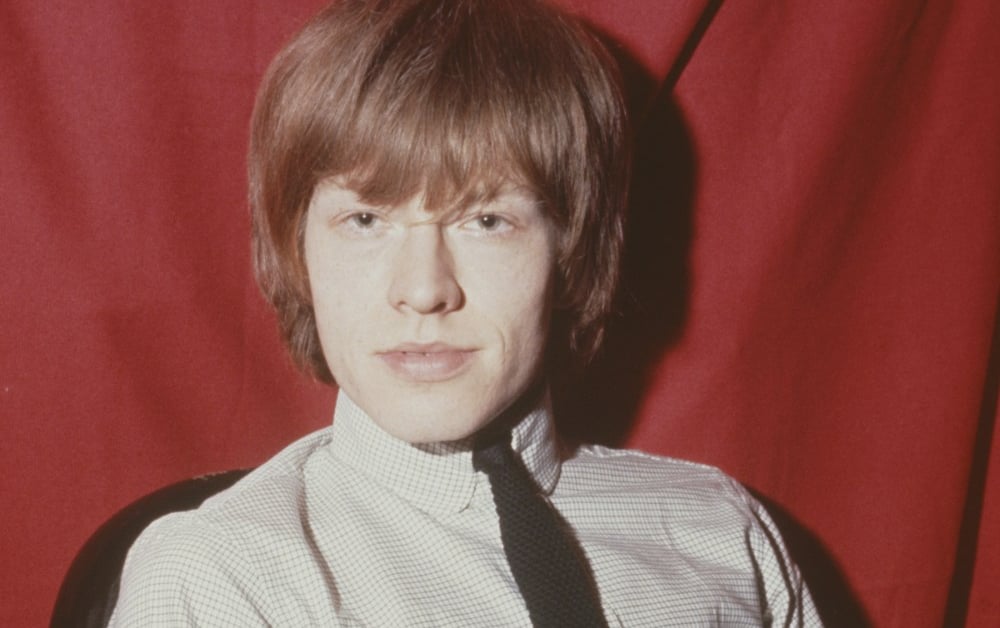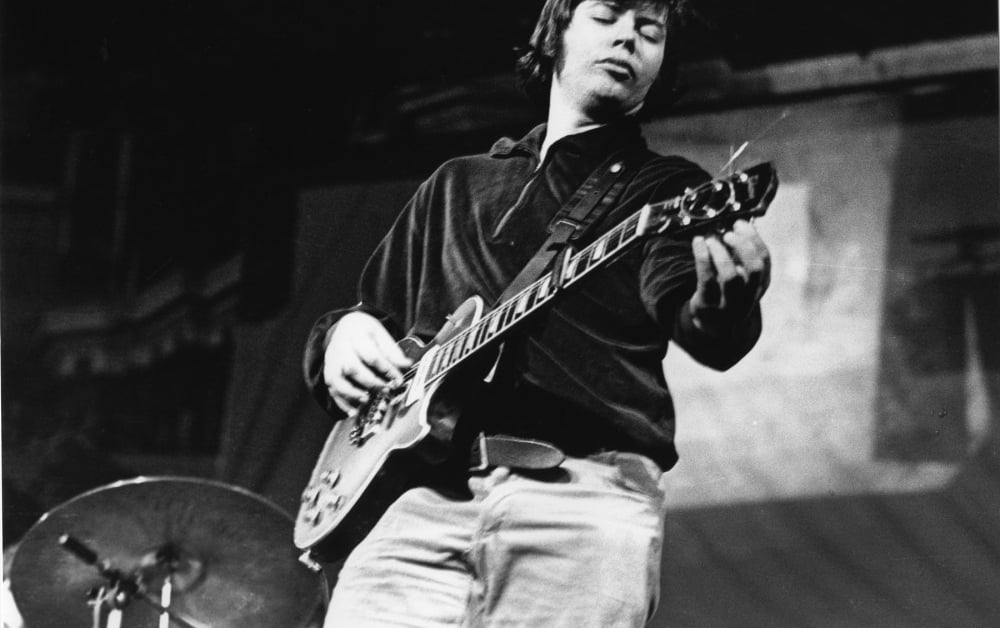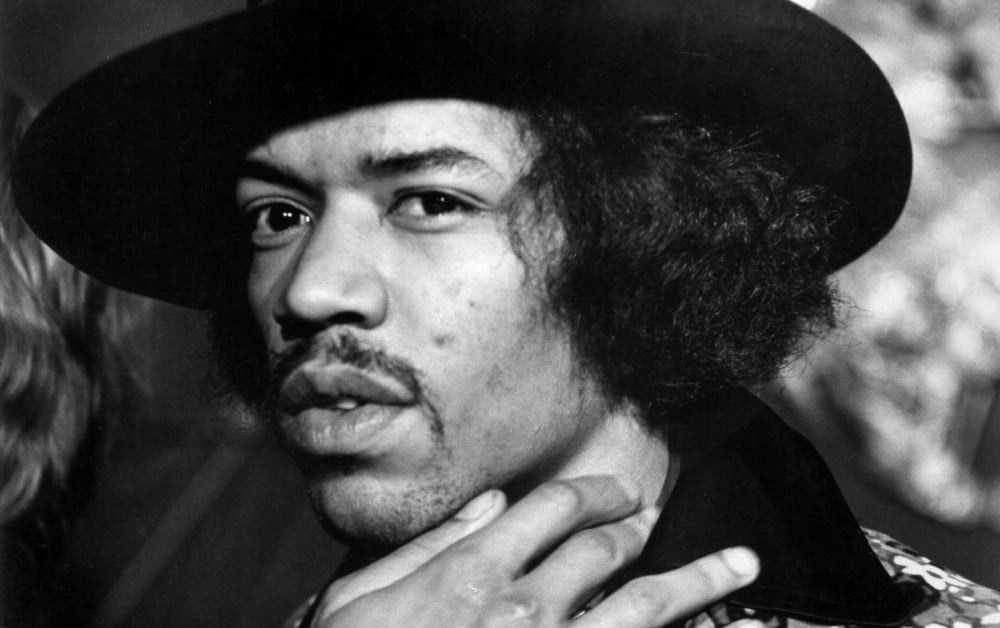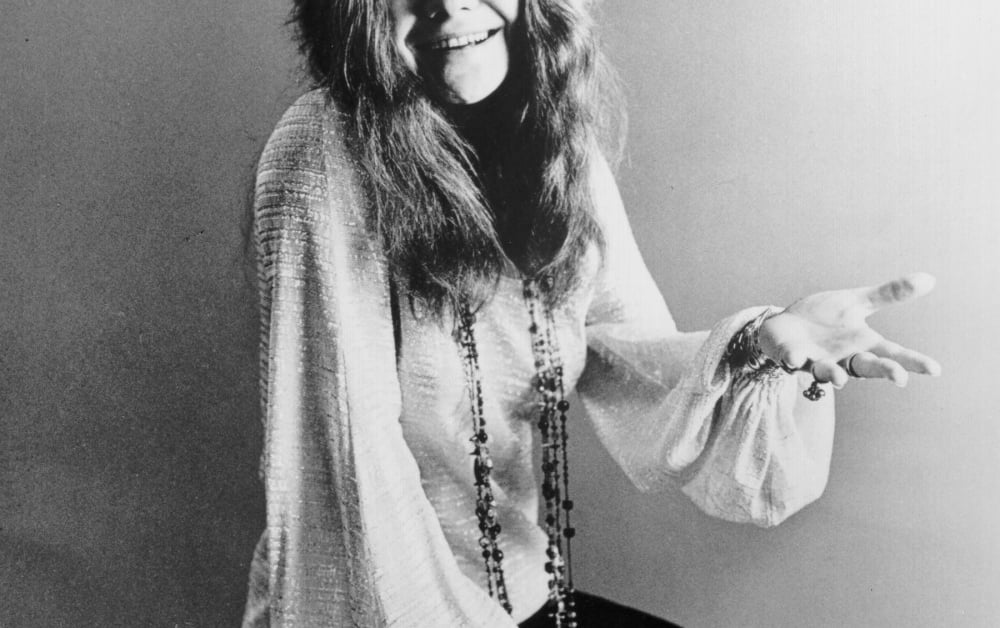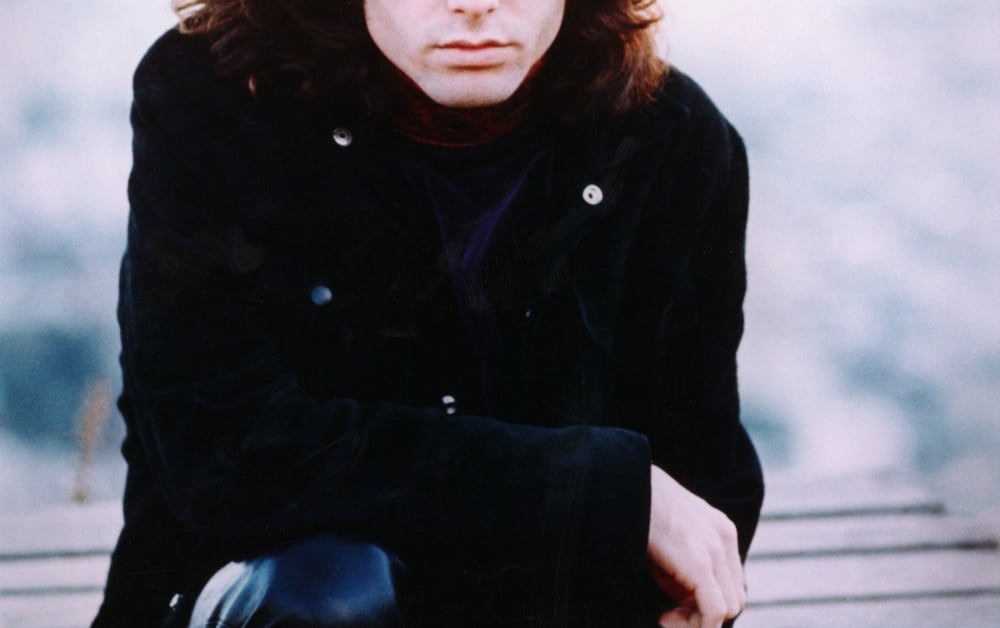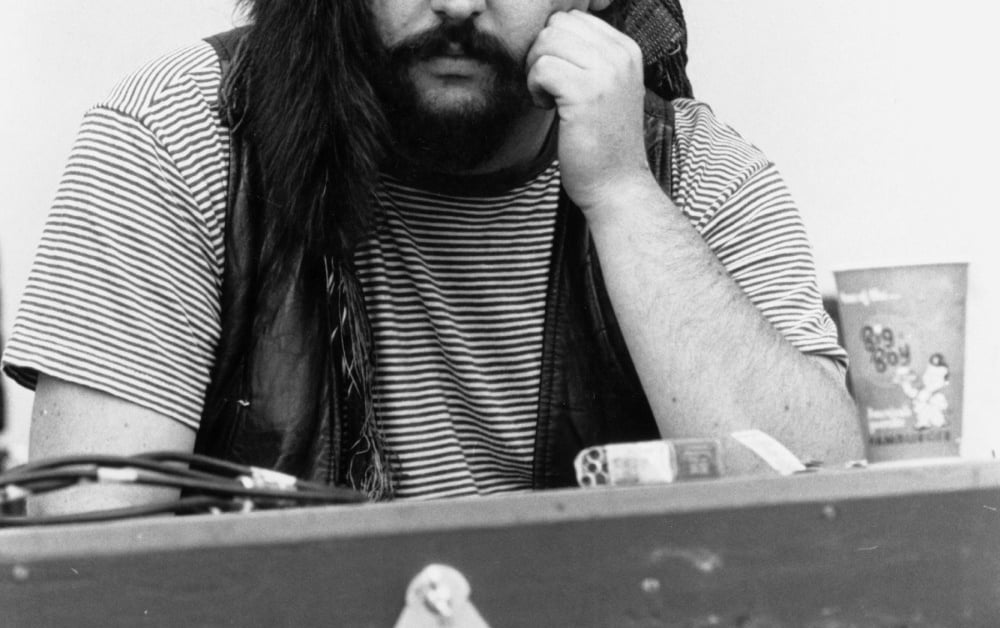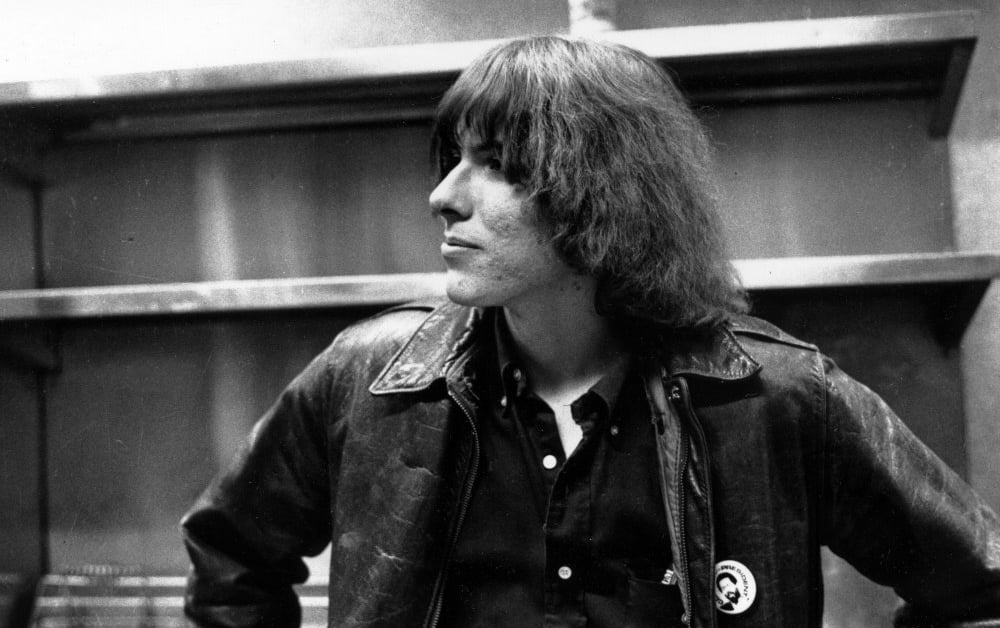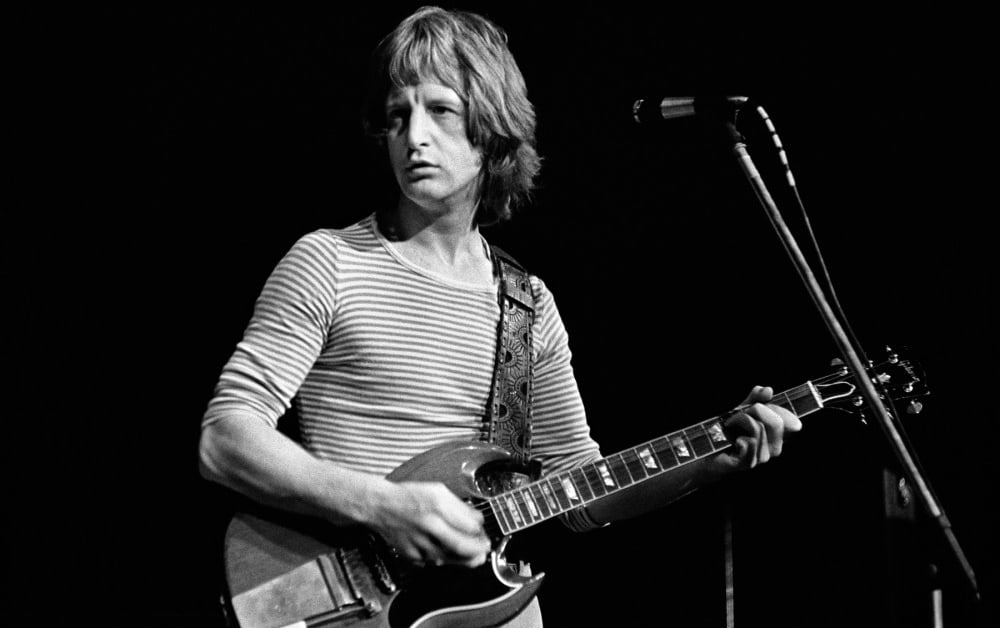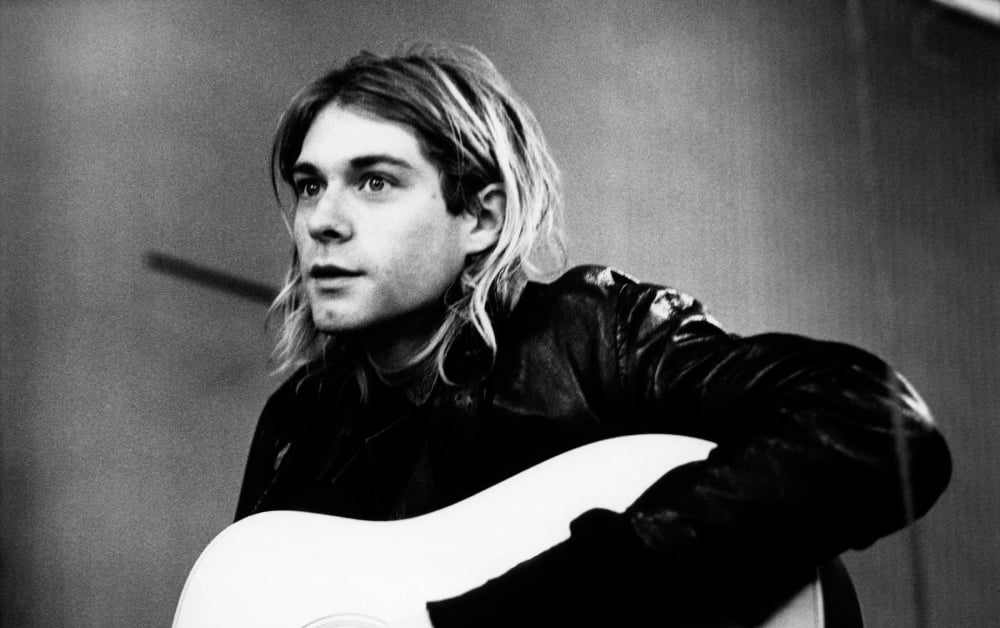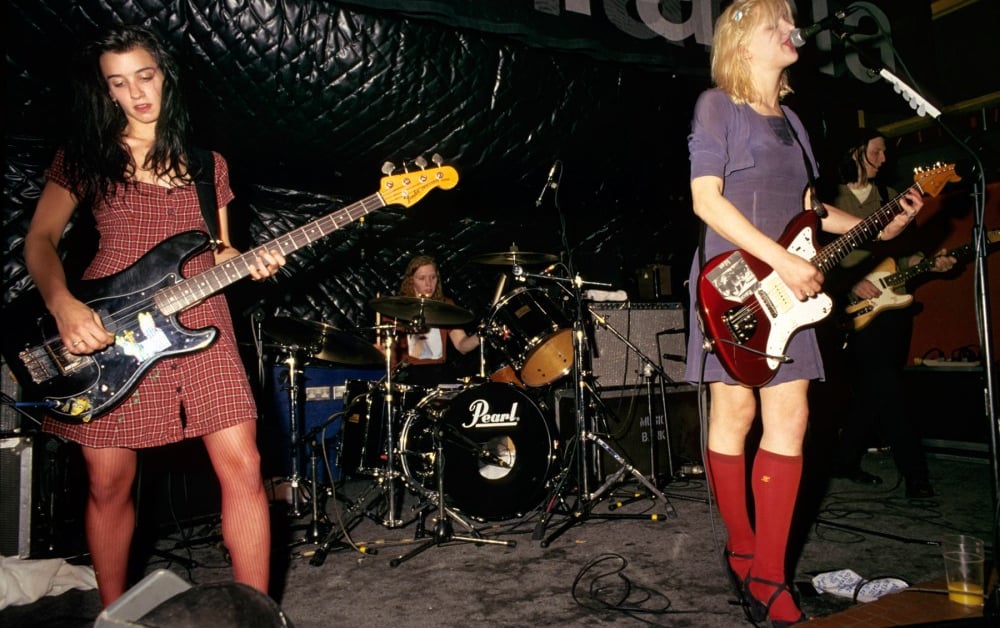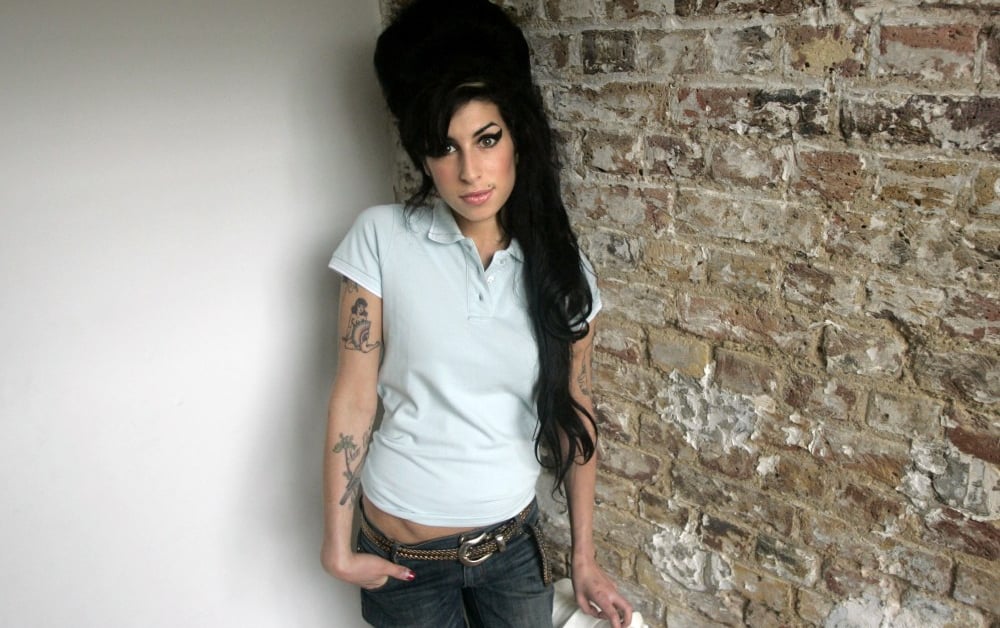The 27 Club: A Brief History
From Robert Johnson to Anton Yelchin, 20 stars who died at 27

Jim Morrison, Amy Winehouse and Kurt Cobain 27 club
Aradlo Di Crollalanza/REX Shutterstock, Matt Dunham//AP/REX Shutterstock, Stephen Sweet/REX Shutterstock
The 27 Club has become one of the most elusive and remarkably tragic coincidences in rock & roll history. The term became widely known after Kurt Cobain’s death in 1994, with rock fans connecting his age to that of Jim Morrison, Janis Joplin, Brian Jones and Jimi Hendrix – though it was notable to fans in the early 1970s when those four visionaries died within just two years of each other. When Amy Winehouse passed away at age 27 in 2011, it attracted even more attention to the significance of the age. While the club has been largely connected to musicians, it has expanded since, as many young actors and artists have lost their lives due to everything from addiction to suicide to freak accidents. Here are some of the unfortunate and untimely losses connected to the club.
From Rolling Stone US


































